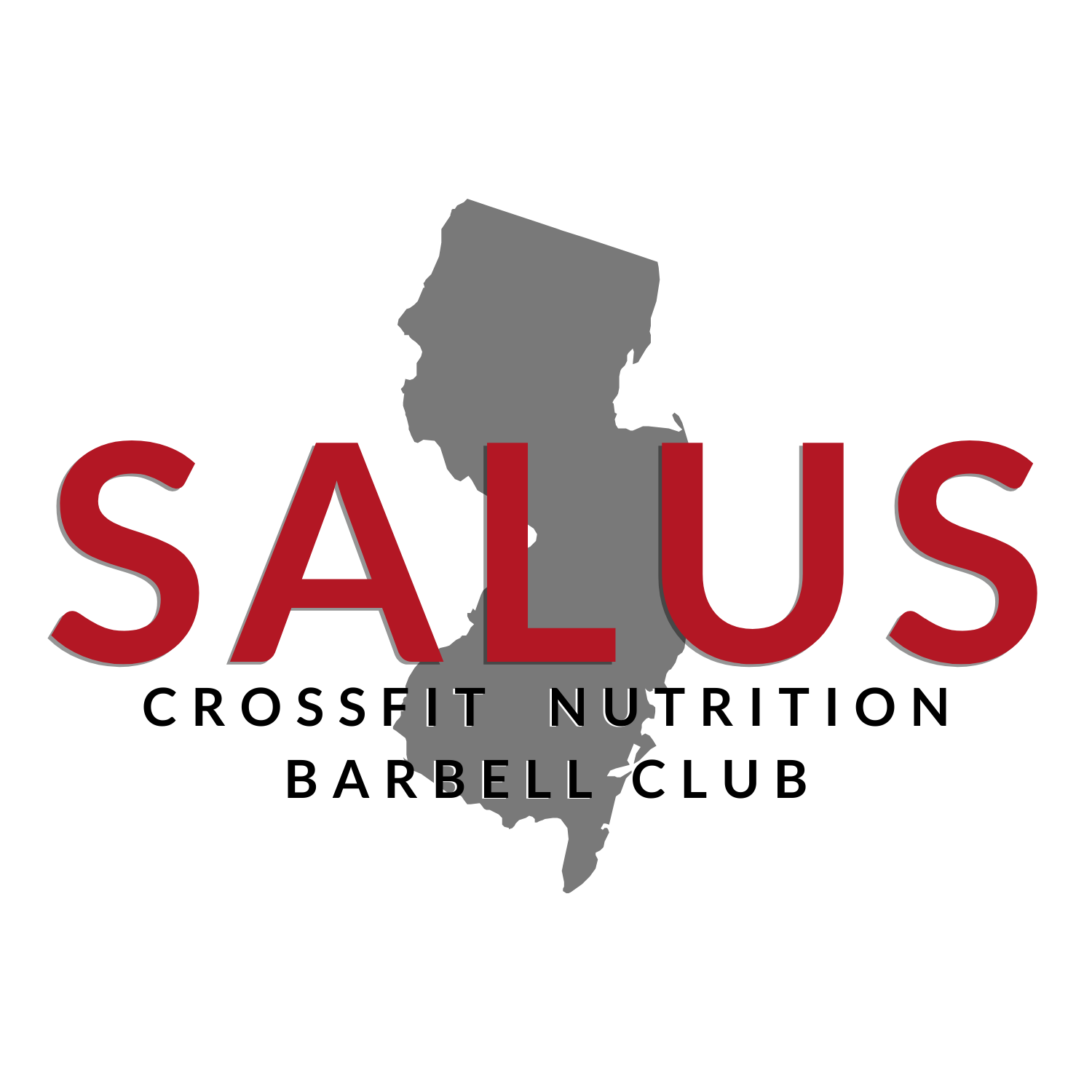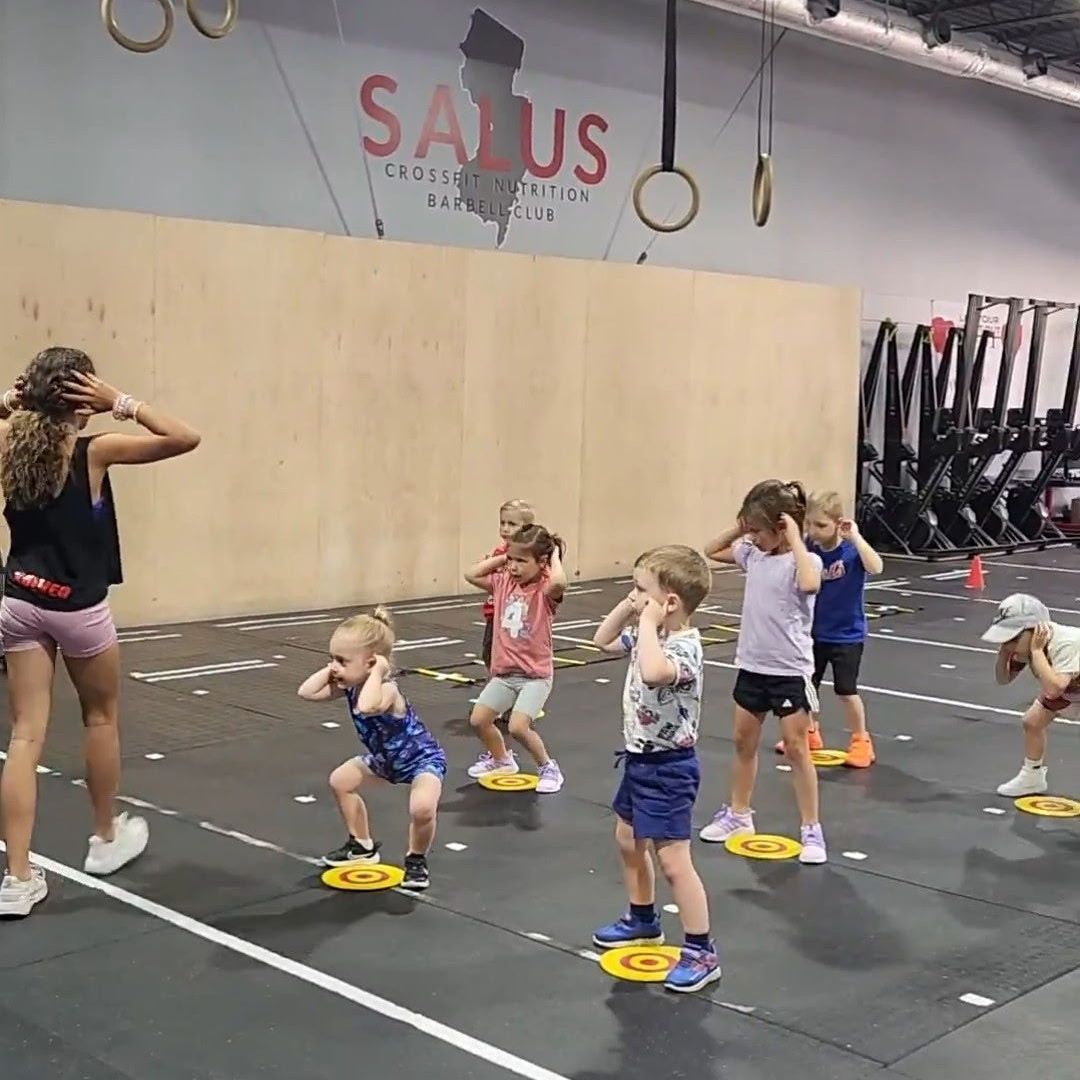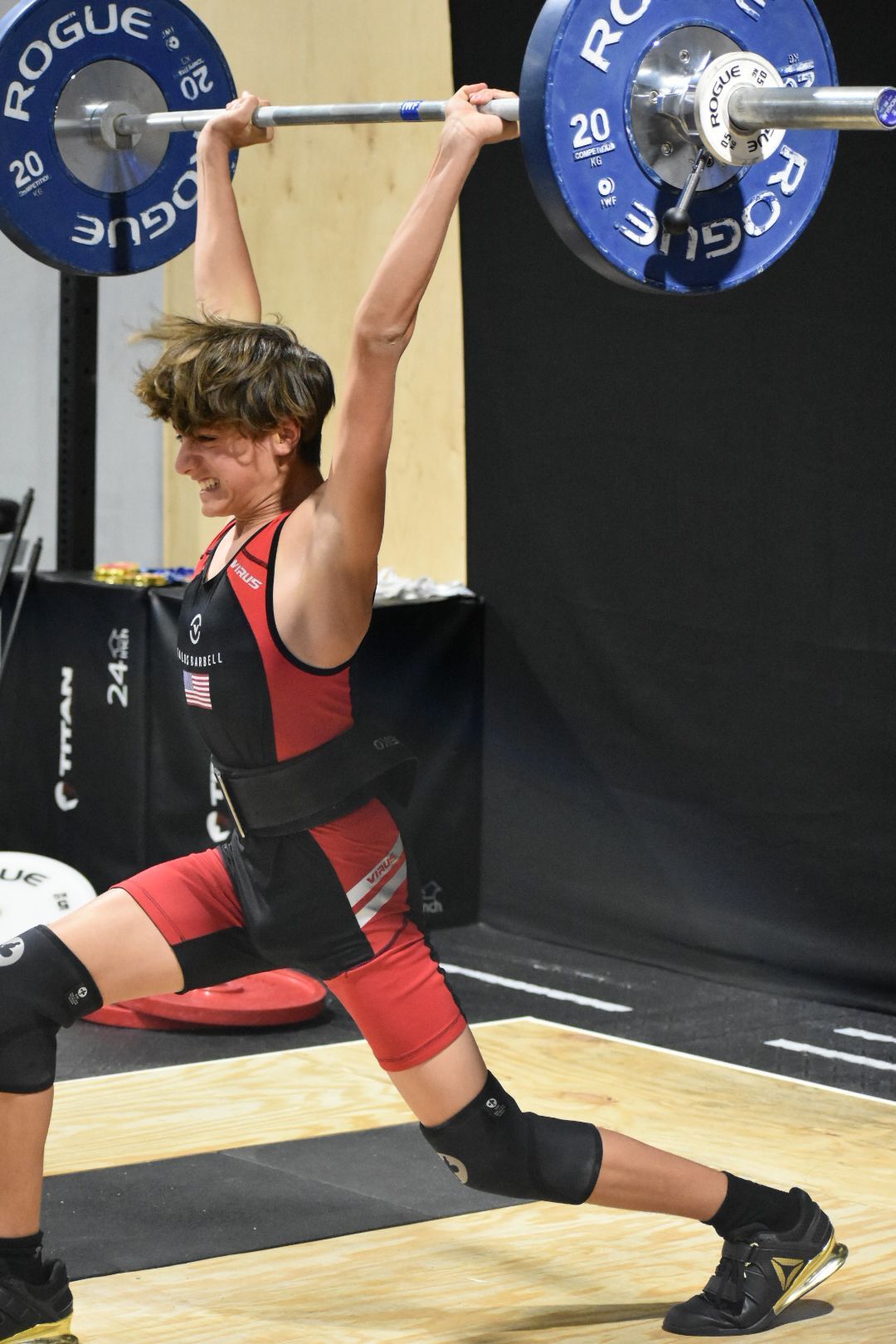The Importance of Mobility and Stretching
When it comes to living a balanced and healthy life, we often think of nutrition, exercise, hydration and sleep. In today’s fitness industry, it seems that the workout is what captures the most attention…but what about mobility and stretching?
As of now, most of us are quarantined. You’re probably noticing a lot of people posting workouts on social media to keep others motivated and MOVING! I love seeing how so many people around the world are coming together in this crisis and supporting each other on a daily basis.
We hear a lot about:
- Eating nutrient dense foods
- Working out (daily movement)
- Drinking plenty of water
- Getting enough sleep, etc…
But, something seems to be missing: mobility.
Have you been stretching, foam rolling and doing your daily mobility work?
Being flexible and mobile is a VERY important piece to overall health and wellness and a lot of people know they should do it but… they push it off.
Why?
Aside from the typical hour long workout, many of us find ourselves sitting, laying down, watching TV, scrolling through social media or just doing home office work most of the day.
Some common obstacles we hear include:
- It’s uncomfortable
- I don’t know how to do it
- It takes time
- It’s boring…
What many people don’t realize is that mobility can have a direct impact on their performance, sleep and quality of life. A good stretching and mobility session will help to improve muscle function, increase power, improve performance and even help to prevent injuries.
And that’s why we want to prioritize this piece of the puzzle!
Let’s take a look at mobility and how to make it a regular part of your day.
How To Make Mobility and Stretching a Regular Part Of Your Day?
The best way to include flexibility and mobility practices like stretching and mobilization work in your lifestyle is to develop habits just like you would with working out.
Establishing a consistent routine is key.
Just start with a small amount of time. Too much too soon can lead to failure. Even ten minutes a day can lead to differences in the way your body feels. Work up from there as you build consistency and confidence.
How To Improve Flexibility and Mobility
When it comes to working on improving flexibility and mobility, there are multiple ways to go about it. Remember, if you aren’t doing anything at all (or very little) start with what you are most willing to stick to get started.
Keep it simple.
Start with what you can do, consistently. Then as you progress you can change things up and get more ideas from there.
Stretching
Stretching is one of the most well-known athletic habits.
A gymnast, I should know that. haha !
But, most people don’t stretch consistently because it can be uncomfortable, sometimes painful or maybe they feel that it’s boring.
The truth is, it needs to become a priority if you’re looking to perform your best, feel your best, and reduce the risk of injury.
Two types of stretching to focus on are: active/dynamic and static stretching.
- Active stretching is moving into a stretched position for 3-5 seconds at a time for about 5-10 times. It’s usually best to do before exercise or cardio (ex:running), because it helps to loosen up tight muscles and improve body mechanics.
- Static stretching is often used more for lengthening tight muscles. This is typically done by holding a stretch for 20-30 seconds on an average (60 seconds if needed) and doing so 3-5 times. Static stretching can restrict some neural control to muscle fibers, so it’s best to be done after exercise, first thing in the morning, or as you unwind before bed.
Remember, it takes a little time for various tissues to lengthen safely so make sure you are doing it safely and go easy on it. Also, do not hold your breath as you stretch … I struggled with that for a long time. Controlling your breath will help you go into a deeper stretch.
On days you’re not working out, pick a time of the day when it would be most convenient, like before bed.
Again, again consistency is key.

Foam Rolling
Foam rolling, as known as self-myofascial release can also be performed using a lacrosse ball, softball, or even your own hands.
Most of us have various trigger points or “knots,” that form in our muscles. This is especially true of an athlete who performs repetitive movements. You might even notice you get knots in your traps and upper back from being hunched over a keyboard at work all day.
Foam rolling involves massaging these pain points to gently loosen up the muscles, and bring them back into a relaxed state.
Benefits of foam rolling
Foam rolling, when done properly, can help to clear out some pain and help muscles return to normal function.
Basically, if you tend to have tight muscles or can’t move with your same flexibility after working out, this recovery routine is a great fit for you.
I know for me, it can make me feel better almost immediately after a tough training session.
It may feel uncomfortable at first but the more you do it the pain will start going away and doing it consistently will help your body feel better, can result in faster recovery and really improve your mobility!
How much pressure do I use?
To start, make sure to apply moderate pressure to a specific muscle using the roller and your body weight.
Roll slowly across the muscle group. As you locate painful or tight areas, stop the roller and pause for a few seconds… and remember to breathe!
Then, continue along the rest of your body or muscle you’re working on.
If you have a muscle group that is too tight or painful to directly press down on, you can always shift the roller around and put pressure on the surrounding area instead.
When should I use a foam roller?
You can use a foam roller just about anytime. Some people will use it before their workout to help improve mobility and full range of motion! Some will use it after a workout as part of their cool down to help reduce soreness. You can also use it in the morning, it will help release the muscle from a night of sleep.
For me, I have been doing 10-15 minutes of mobility and flexibility work every day before and after my training session.
Starting a Mobility Routine
Stretching is by far the easiest to get started with as it doesn’t require any equipment. It not only relaxes you, but it also keeps your muscles flexible so you’re less likely to experience discomfort during everyday activities. And bonus, doing it before bed can greatly impact and benefit the sleep your body gets throughout the night. It allows you to release some of the tension you’ve built up during the day so you can prepare both your body and mind for a good night’s sleep.
Here are 6 quick stretches that you can start doing before bed (or whenever works best for you):
- Hip flexor opener
If you sit most of the day, this stretch is a must. Face your bed and stand about two away. Place your right foot on the edge of the bed and bend the right knee, shifting your weight forward (keep your left foot on the floor). Keep both feet pointing forward. Reach your left arm (or both) toward the ceiling, breath deeply and hold 30 seconds. Repeat on the other side.
- Hamstring stretch
Place your right heel on bed and keep the leg straight while flexing your right foot (toe toward ceiling). Hinge forward until you feel a stretch down the right hamstring. Tuck your chin toward your chest and feel the stretch extend deeper. Without moving your body, drop the right foot side to side four times. Repeat on the other side.
- Standing spinal twist
Face your bed and reach arms overhead until you feel a stretch in the front of your body. Hinge at the hips and place your hands on the bed, reaching forward. Lift your right hand off the bed and reach that arm upward while pressing into the left hand. Hold for several deep breaths. Repeat on the other side.
- Hip flexor stretch
Lie on your back and place a rolled-up pillow under your right hip. Extend the right leg and reach your right arm overhead, thinking about lengthening through the entire right side of the body. Now point and flex the ankles eight times. Repeat on the other side.
- Spine twist
Lie on your back and bring your knees to your chest. Straighten the right leg so it’s resting on the bed. Grab your left knee with your right hand and gently cross your body to the right. Rotate your head left until you feel a gentle stretch in the neck. Repeat on the other side.
- Happy back
Lie on your back with a pillow under your hips. Bend your knees (keep them above your hips) and wrap your arms around the back of your legs. Hold :30 seconds. Repeat on the other side.
Consistency is Key
Morning, noon or night, figuring out when and how to add these into your lifestyle is up to you. Like I said above, for me, I’ve started with doing 10 minutes, it turned into a habit … and now have it part of my active lifestyle!
But if that doesn’t work for you, or another time is better because you will do it more consistently, then do that!
Reference: https://www.health.harvard.edu/staying-healthy/the-importance-of-stretching
The post The Importance of Mobility and Stretching appeared first on Salus.





